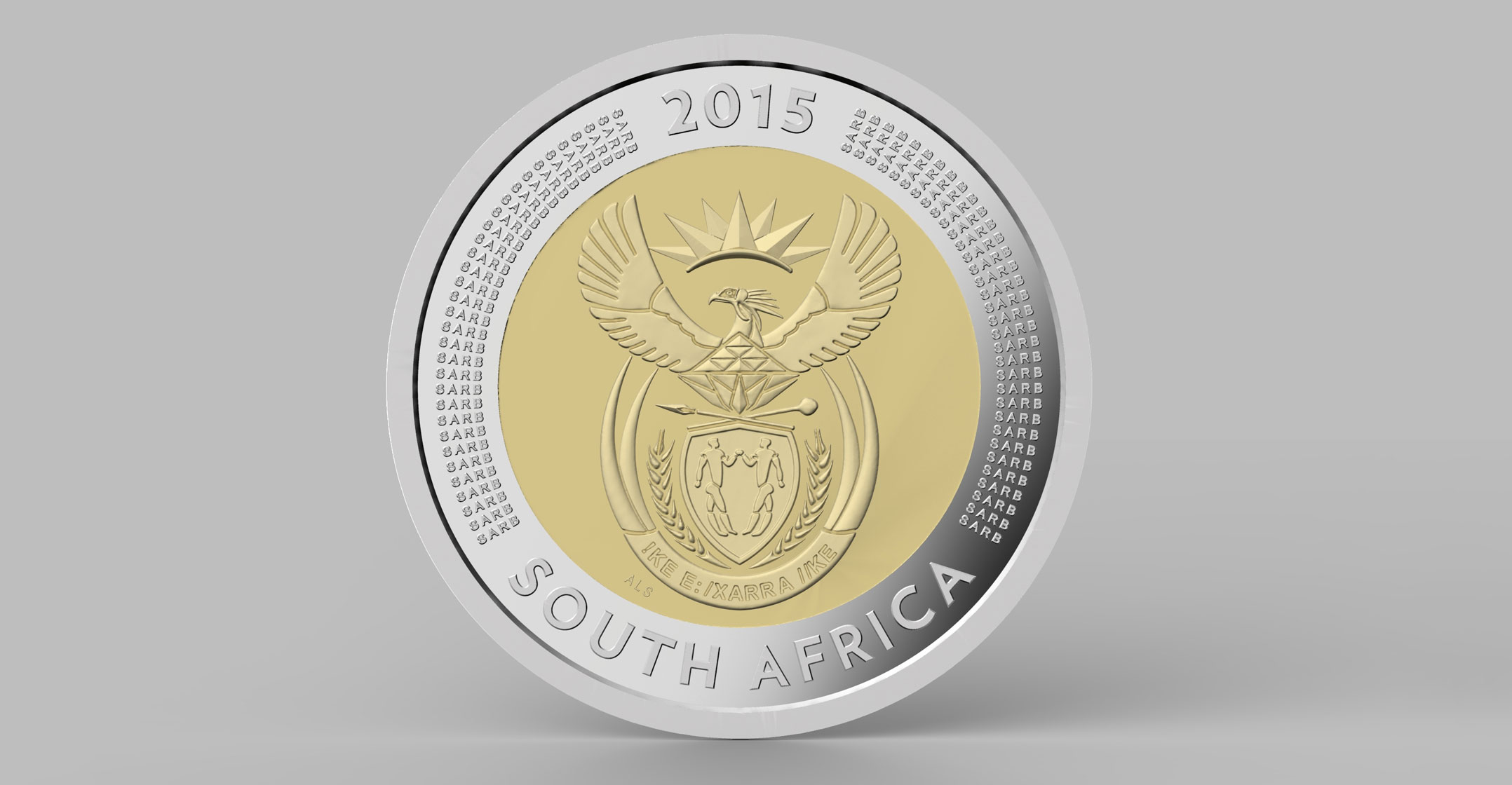 The rand plunged by almost 8% against the dollar on Monday as investors fled riskier assets, with tumbling oil prices adding to nervousness spurred by the spreading coronavirus.
The rand plunged by almost 8% against the dollar on Monday as investors fled riskier assets, with tumbling oil prices adding to nervousness spurred by the spreading coronavirus.
While global sentiment was the largest factor in the rand’s performance — with the currency seen as a proxy for its emerging-market peers — local factors including renewed rolling power cuts by Eskom and a downbeat assessment by Moody’s Investors Service of South African growth ahead of its ratings review later this month contributed to the selling pressure.
Eskom warned that its maintenance plan must be supported by the government or South Africa can expect regular blackouts from power cuts of 8GW by mid-2021, a move that would cripple the economy. The power utility said it will implement rolling blackouts from 9am on Monday, which may continue until Thursday. Moody’s said on Friday it had trimmed its 2020 GDP growth forecast to 0.4% from 0.7%.
The rand slid for a third day, falling as much as 7.7%. It pared the losses to be 3.2% weaker at R16.19/US$ as of 7.55am in Johannesburg, the lowest since February 2016 on a closing basis.
The yield on rand-denominated government bonds due in December 2026 jumped 19 basis points to 8.19%, while generic 10-year notes were little changed at 9.04%. Non-residents were net sellers of R2.7-billion of South African bonds on Friday, according to figures from the JSE. — Reported by Colleen Goko, (c) 2020 Bloomberg LP




